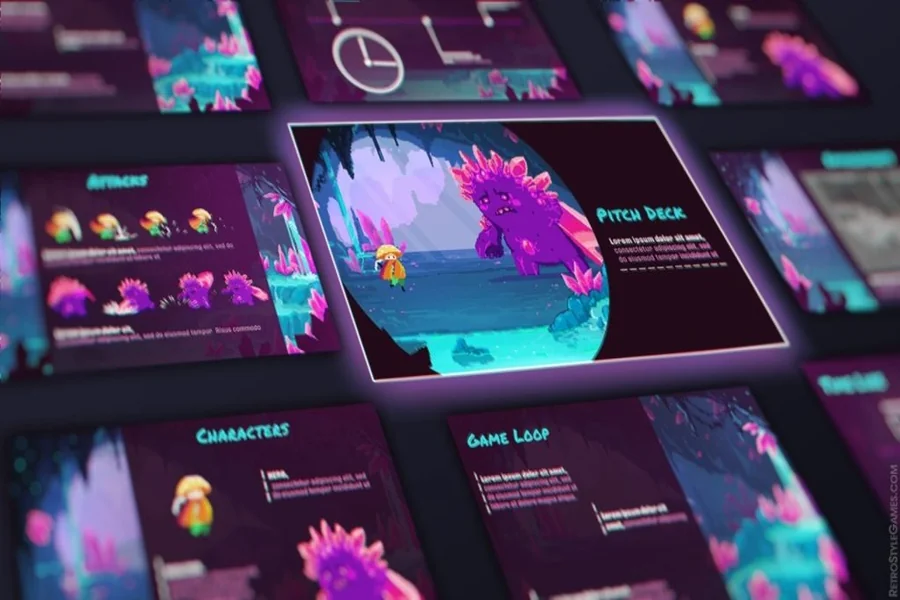Have a brilliant game idea but don’t know how to bring it online? Turning your concept into a functioning web game might seem daunting, but breaking the process down into actionable steps can make it manageable—even for beginners. Here’s a complete guide to converting your creative spark into a playable website.
Step 1: Define Your Game Idea Clearly
Start by answering a few core questions:
- What genre is your game (e.g., puzzle, platformer, strategy)?
- Who is your target audience?
- What’s the core gameplay mechanic?
- Is it single-player or multiplayer?
Sketch rough wireframes, character ideas, and key features. A clear game concept will serve as your blueprint throughout development.
Step 2: Choose the Right Tools and Tech Stack
For most web games, HTML5, CSS3, and JavaScript form the foundation. You can either code everything from scratch or use a game development framework like:
- Phaser (2D games)
- Three.js (3D WebGL-based games)
- Babylon.js (powerful 3D game engine)
- P5.js (artistic and creative games)
Use an editor like Visual Studio Code and host your game using GitHub Pages or Netlify.
Step 3: Build Your Game Loop and Mechanics
The game loop handles everything that happens in each frame—updating player positions, handling input, checking collisions, and rendering visuals. Write a basic loop using JavaScript’s requestAnimationFrame() and build your gameplay around it.
Start simple. Implement basic movement, scoring, or interaction before layering on more features. This keeps your code manageable and progress measurable.
Step 4: Design the Game Interface
Use HTML and CSS to create menus, buttons, scoreboards, and status bars. Make the UI clean and responsive so it works across devices. Ensure important elements are accessible and readable on mobile screens.
You can use libraries like Bootstrap for quicker UI development or create your own custom styles.
Step 5: Add Audio, Animations, and Effects
Great games appeal to more than just visuals. Use sound effects and background music to boost engagement. JavaScript’s Audio API or third-party libraries like Howler.js can help.
Incorporate animations using CSS or canvas transformations to enhance feedback, such as shaking the screen when the player takes damage.
Step 6: Optimize for Performance and Load Time
Keep your code and assets efficient. Compress images, minify JavaScript, and lazy-load media. Mobile users especially appreciate quick load times.
Use browser dev tools to monitor performance and fix bottlenecks.
Step 7: Test Across Browsers and Devices
Playtest your game in Chrome, Firefox, Safari, and Edge. Try it on desktop, tablet, and mobile. Look out for UI glitches, input issues, and performance dips.
Encourage friends or early users to test and offer feedback. Document bugs and iterate.
Step 8: Deploy the Game Online
When you’re ready, deploy your game so others can play it. Options include:
- GitHub Pages (free static hosting)
- Netlify or Vercel (CI/CD-friendly deployment)
- Your own domain and hosting plan
Ensure your game is SEO-friendly and has meta descriptions, thumbnails, and a shareable URL.
Step 9: Promote and Improve
Share your game like Daman Game on forums, social media, and game portals like itch.io, Newgrounds, or CrazyGames. Gather analytics using tools like Google Analytics or Plausible.
Based on feedback, release updates or polish existing features. Ongoing improvement keeps your audience engaged.
Conclusion
Turning a game idea into a playable website is entirely possible with today’s web tools. From defining your concept to deploying your creation, each step builds toward a satisfying result. With a blend of creativity, coding, and user feedback, your game can become an accessible and fun experience for players around the world.



